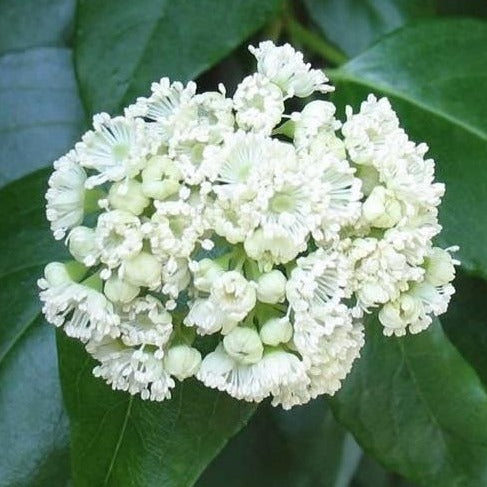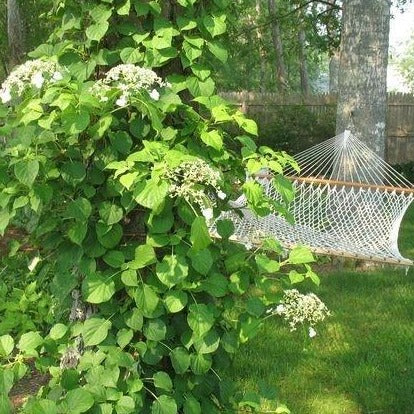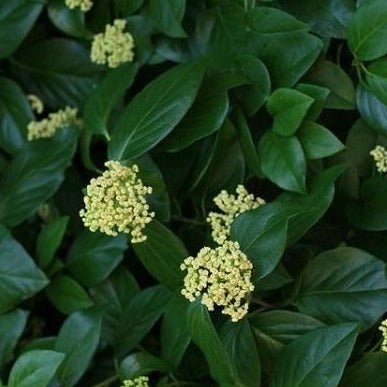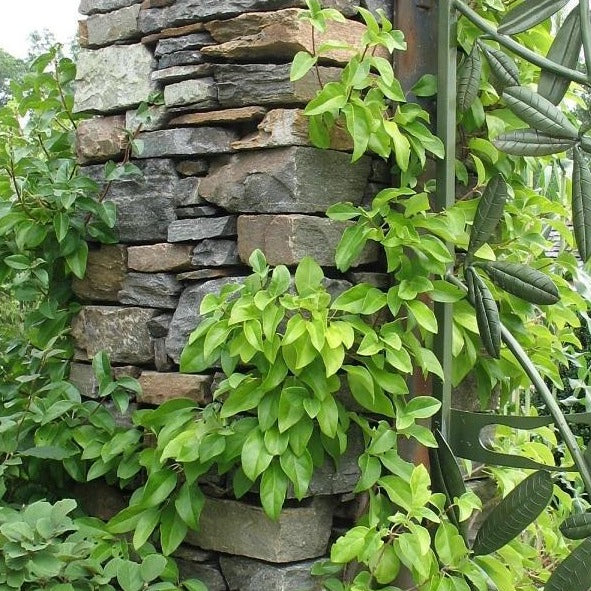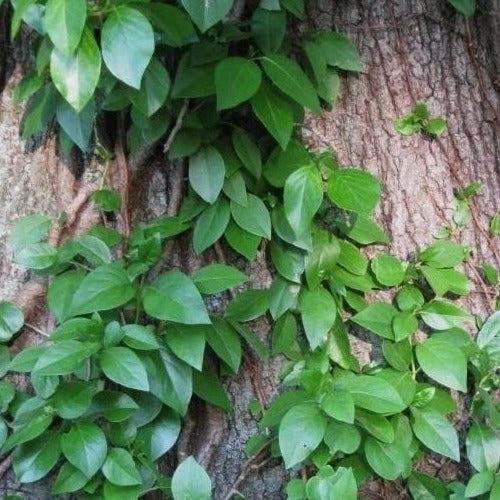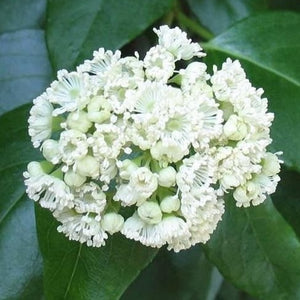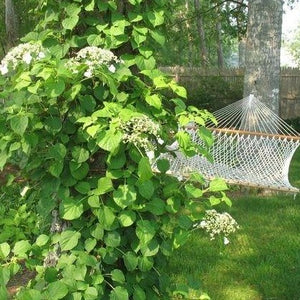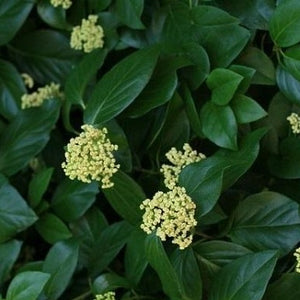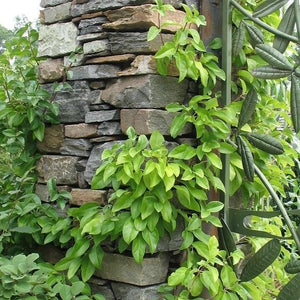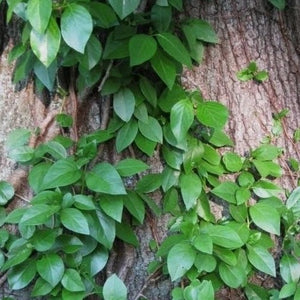Barbara Ann Climbing Hydrangea Vine
Product Details
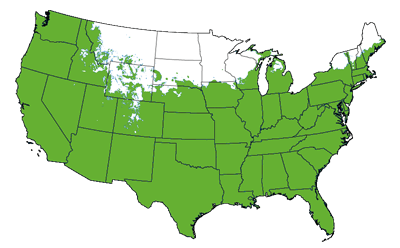 Growing Zones 5-10
Growing Zones 5-10
| Soil Type | Adaptable |
| Sunlight | Full, Partial |
| Drought Tolerance | Good, Semi |
| Mature Height | 30-40 Feet |
| Mature Width | 30-40 Feet |
| Growth Rate | slow |
| Fall Color | Yellow |
| Bloom Color | White |
| Shipping Restriction | AZ |
White, lacy bloom clusters and shiny, deep green leaves dance over old, forgotten fences and barren walls transforming them into masterpieces. The Barbara Ann Climbing Hydrangea is a stunner that grows in full sun to mostly shade. You won't find this unique treasure at your local garden center. This one of a kind vine is breathtaking and surprisingly easy to grow. This low maintenance beauty will renew your boring backyard and create an exciting getaway!
The Climbing Hydrangea can grow in full sun to mostly shade and prefers moist, well-drained, fertile soil. In warmer climates, this Hydrangea will perform best with a little shade. Keep the soil moist, but not saturated, especially in summer and in the first year after planting. Throughout its life Hydrangeas will do best with a deep watering once weekly during hot temperatures. Mulching at about 3 inches deep is highly recommended for hydrangeas. Mulching will cut back on watering needs and protect your plant in extreme temperatures. Choose a slow release fertilizer (like the one you can purchase here). Fertilize once in spring and again in summer for best results. You don’t need to prune this hydrangea, but pruning after blooming has ceased can help encourage a denser growth, renew an older plant, and maintain size.
The best way to prevent disease and pests is by providing the appropriate care for your plants. Proper location choice, watering, and fertilization are the keys to your success. You can treat mites, scale, whiteflies, and aphids naturally with neem oil or insecticidal soap. For severe infections you can use pesticides like carbaryl, also known as Sevin. Fungal infection can be prevented by making sure the planting site has good drainage and by avoiding overhead watering. Fungal infections can be treated with a fungicide. Generally, treating fungus after infection isn't effective so if you have problems with other plants or in a prior year, treat preventatively in early spring.
- Create a cottage or wedding garden around an arbor or trellis coated in lacy, white flowers and shimmering, dark green leaves.
- Use the Barbara Ann Climbing Hydrangea in place of invasive ivy for the walls of your home. You will love the added bonus of fragrant blooms all summer!
- Create a spectacular groundcover. The Barbara Ann's shiny foliage looks beautiful and adds richness and depth to your landscape. *will not flower when used as a ground cover
- Let this noninvasive, but clingy vine crawl up a boring shade tree for a stunning look.
Special Note: Climbing Hydrangeas are deciduous so they conserve energy by allowing sun to penetrate in winter and shading your home from the sun in summer. This saves you money and is good for the planet!
Learn when to prune your flowering shrubs.
For additional options, be sure to browse our Hydrangea, Hydrangea trees and Endless Summer Hydrangea collection.


